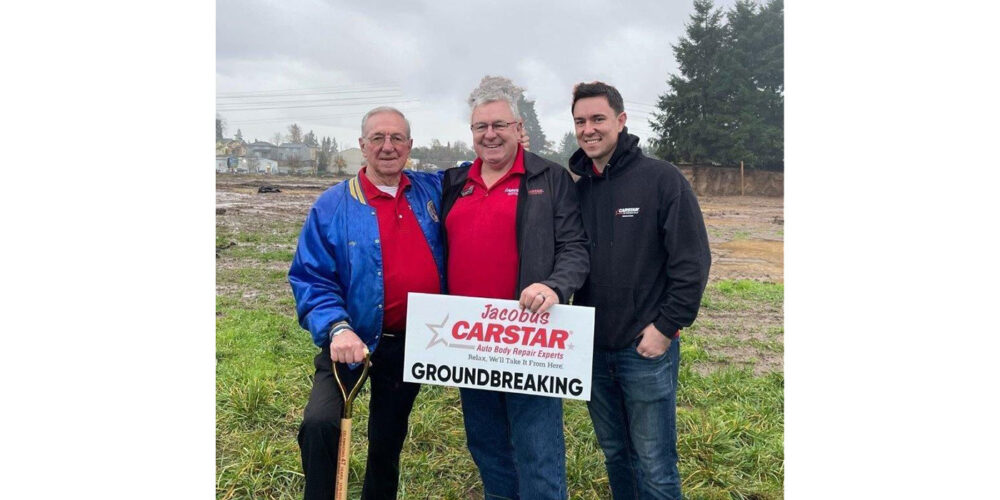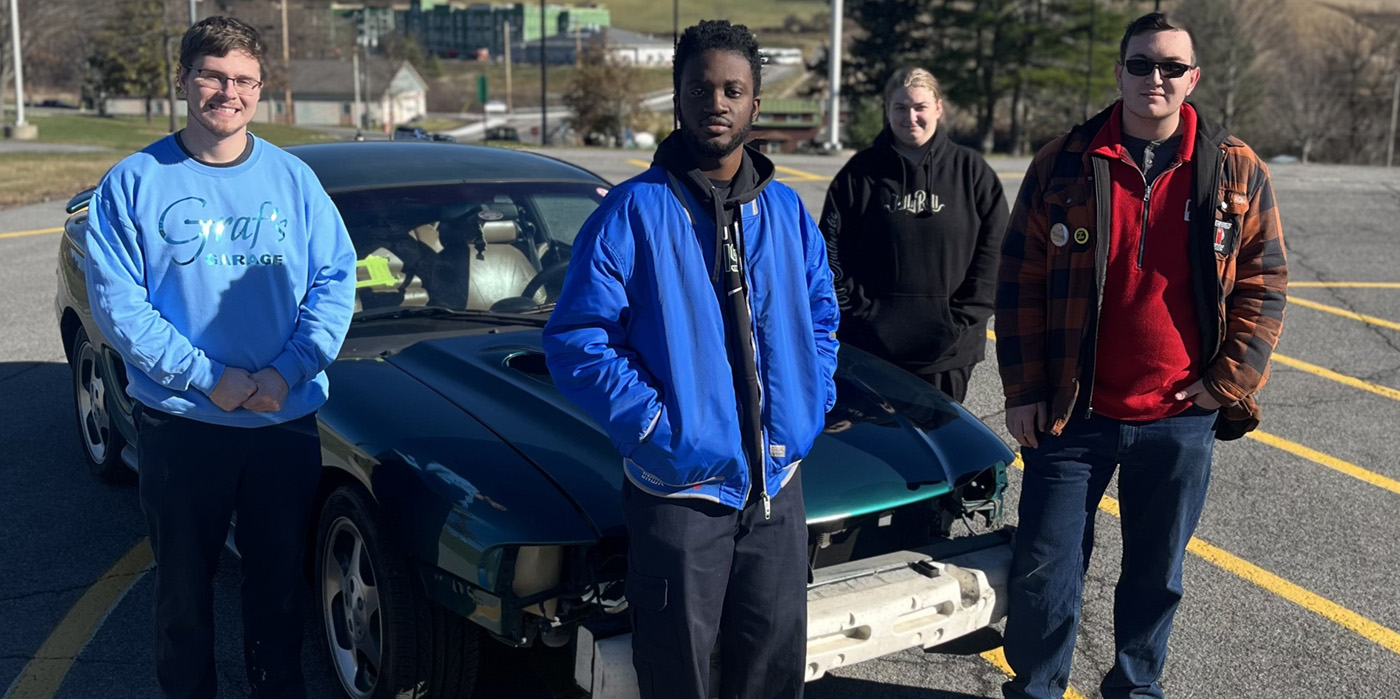I recently conducted a post-repair inspection on a Lexus repaired by a luxury body shop that is a GEICO insurance shop. Both estimates said “replace rear quarter,” but it was actually repaired with body filler and not replaced. The body shop denied this until they looked at the vehicle immediately after my inspection, and then they admitted they did not replace it. GEICO paid $1,500 to a shop with a contract and the work was never done. Now, a child rides in a car seat in the back of this Lexus. The question is, did GEICO steal from the customer? Did the body shop steal from the customer? Did GEICO steal from itself because it was at its own shop? Did the shop steal from the customer? Did GEICO and the shop steal from the customer?
In order to render an opinion and answer your inquiry regarding any wrongdoing, one would need to first know the answers to numerous questions such as:
1. What is the agreement between the repairer and the insurer? You point out that the shop is a GEICO insurance shop, so a) does the insurer provide latitude to the repairer to make changes (deviations) during the repair process, b) is the repairer independent or do they have a ‘contractual relationship’ with the insurer and c) if so, what does that contract/agreement entail regarding responsibilities, liabilities, latitude of repairer, etc.?
2. What is the relationship between the repairer and their customer?
a. Did the repairer and the customer enter into a repair contract clearly identifying the obligations of the parties to one another?
b. One would have to determine if there was indeed a contract/agreement, and if there was, was it breached in any way?
c. Did the customer make an agreement with the repairer to do the repair as deemed best by the repairer (free reign)?
d. Did the customer make an agreement with the repairer to save their deductible, attain a price of repair lower than that offered by the insurer (retention of funds), choose to not use all the insurance proceeds and opt for a change in the repair plan, etc.?
3. Has the repairer’s final invoice been obtained and reviewed?
a. Does the repairer’s final invoice reflect the actual repairs performed (e.g. repair of the panel versus replacement)?
b. If the repairer’s final invoice states to repair the panel, and they charged for same, is there a crime or impropriety on behalf of the repairer?
4. Who wrote the repair estimate? Was it the insurer’s appraiser, or did the repair shop write the initial estimate?
a. If the insurer wrote the initial estimate (at drive-in, etc.), is the repairer legally obligated to follow the insurer’s noted repair methodology? While the insurer’s estimated cost of repair may list replacement of the quarter panel, was this truly the best course of action? Most will agree that insurers don’t make repairs, therefore their ‘guesstimates’ are rarely applicable to the actual damages sustained and/or the repairs required.
b. If the repairer initially wrote to replace the quarter, do they have a professional and/or legal obligation to change it if a repair would prove to be a better overall repair?
5. During the actual repair, did things evolve and change to warrant the repairer to reassess the best possible repair methodology? As most repairers will agree, it is sometimes found that, when making corrective pulls to structure and/or body panels, the panels come out nicely once the pressure is relieved and damaged panels that were once called for replacement are found to be repairable.
Repair rather than replacement of a factory-welded component would be far less intrusive and result in far less interruption and disturbance of factory-applied corrosion protection at difficult-to-access inner areas, damage to adjoining panels, less repair/downtime, fewer liabilities, reduction in diminished value and avoiding a loss in manufacturer’s warranties. This would also provide for a potentially safer vehicle for all occupants than a vehicle which has been cut apart and panels re-welded, etc. – even if the cost of the repair remained the same.
6. During the repair, while determining that a repair of the quarter may be the best solution (versus replacement), perhaps additional and unforeseen damages were discovered whereas any savings (that may have been attained in the repair vs. replacement) may have been applied to cover the additional and unforeseen costs. Review of the repairer’s invoice may provide answers to these and other questions.
It’s important to understand that a quarter panel that has been replaced also requires body filler, and as such, there may be more filler in a replaced quarter panel and its adjacent panels than one that was properly straightened.
While I believe the collision and insurance industry is woefully deficient where accountability is concerned, prior to making any accusations of wrongdoing, it would be prudent for the authorities to conduct a complete and thorough investigation to determine if anyone was indeed ‘stealing’ or stole anything from anyone. Of course, it will often require the diligence, knowledge and experience of the post-repair inspection professional to find instances and situations of potential fraud that warrant an investigation.
The post-repair inspection profession has a significant role and responsibility in both the collision repair and property casualty insurance industries. As such, it is one that requires a careful eye and, perhaps even more importantly, careful attention to all aspects of the business of collision repair as it relates to the consumer, the repairer and insurance claims handling.
Once again, with the lack of information provided, it’s virtually impossible to answer your question(s), but I hope I have provided sufficient information to help you find the answer(s) you seek.
More information:













